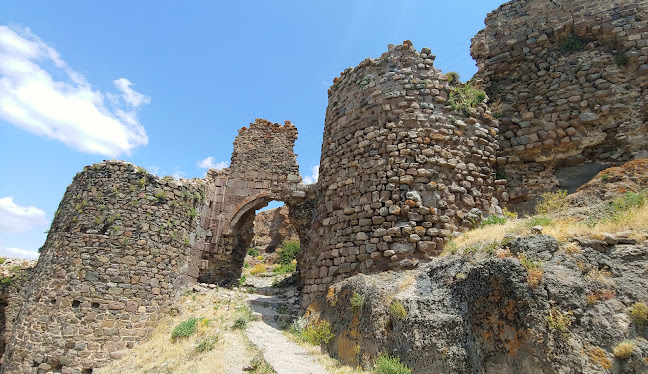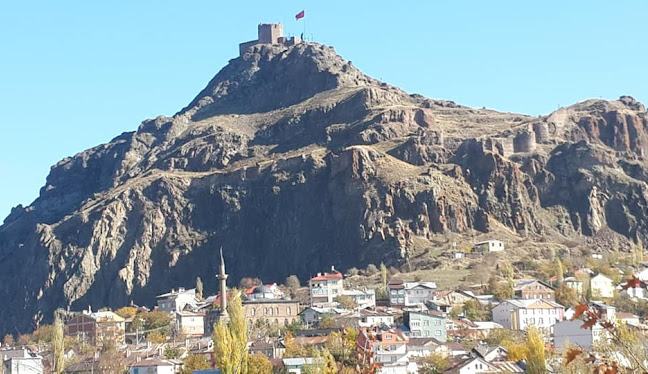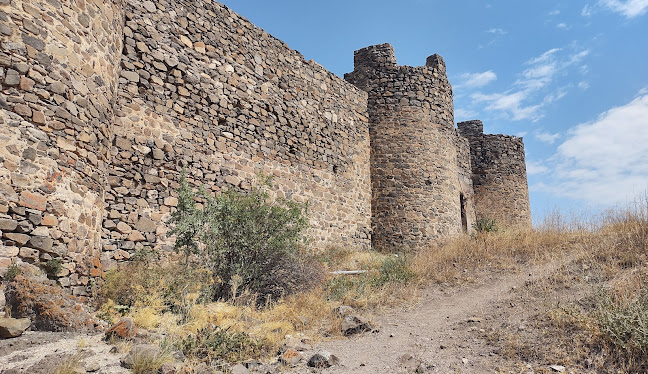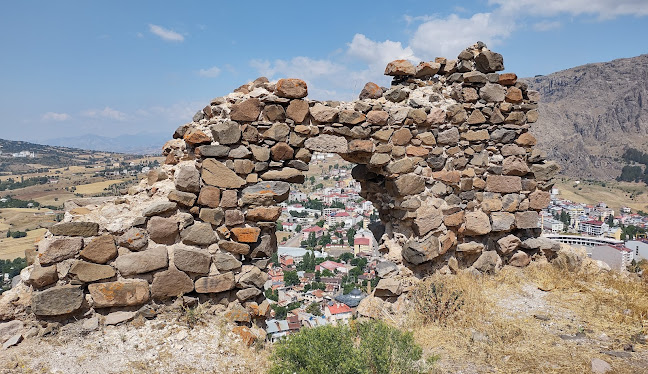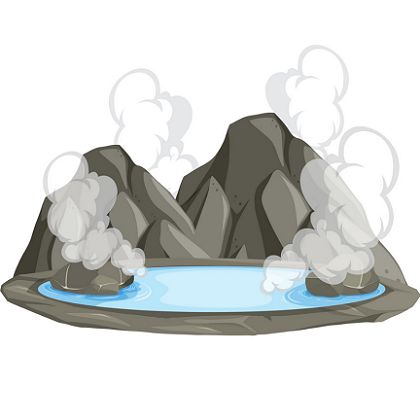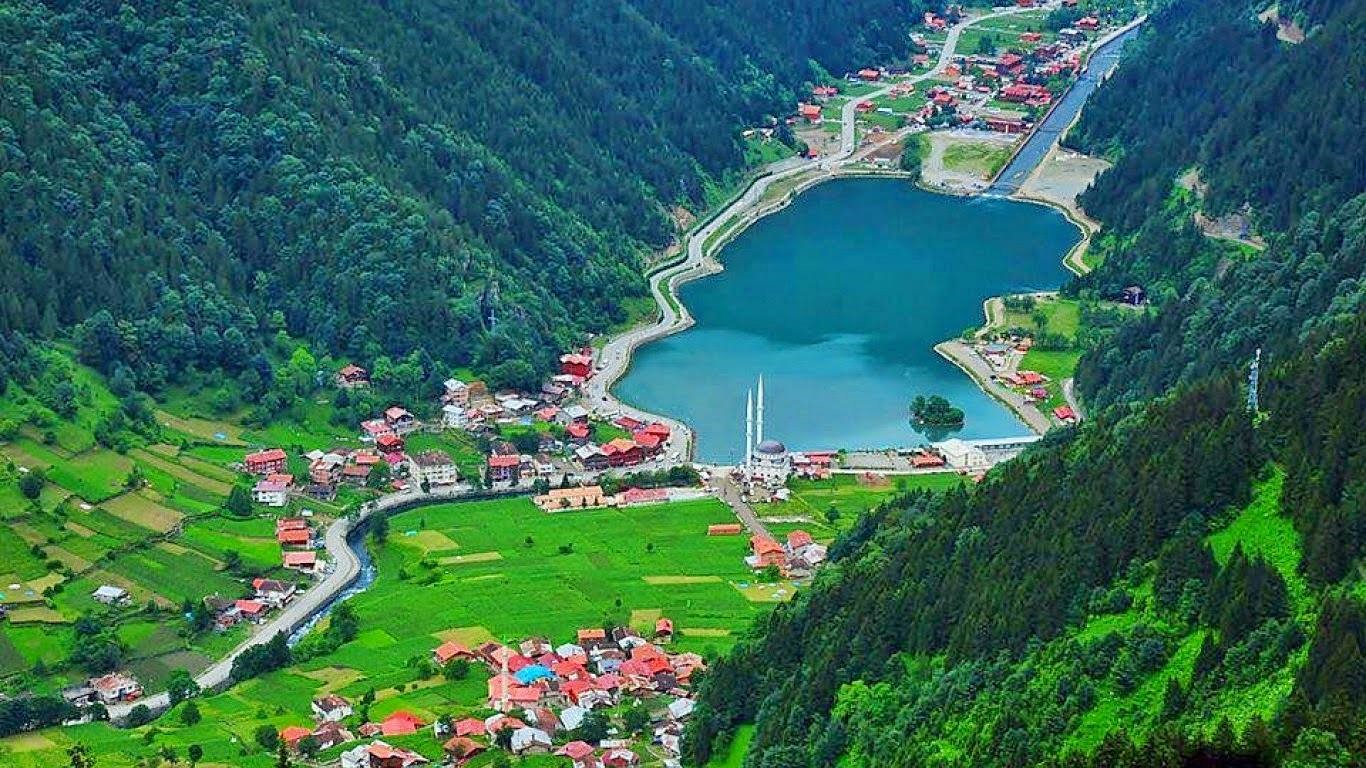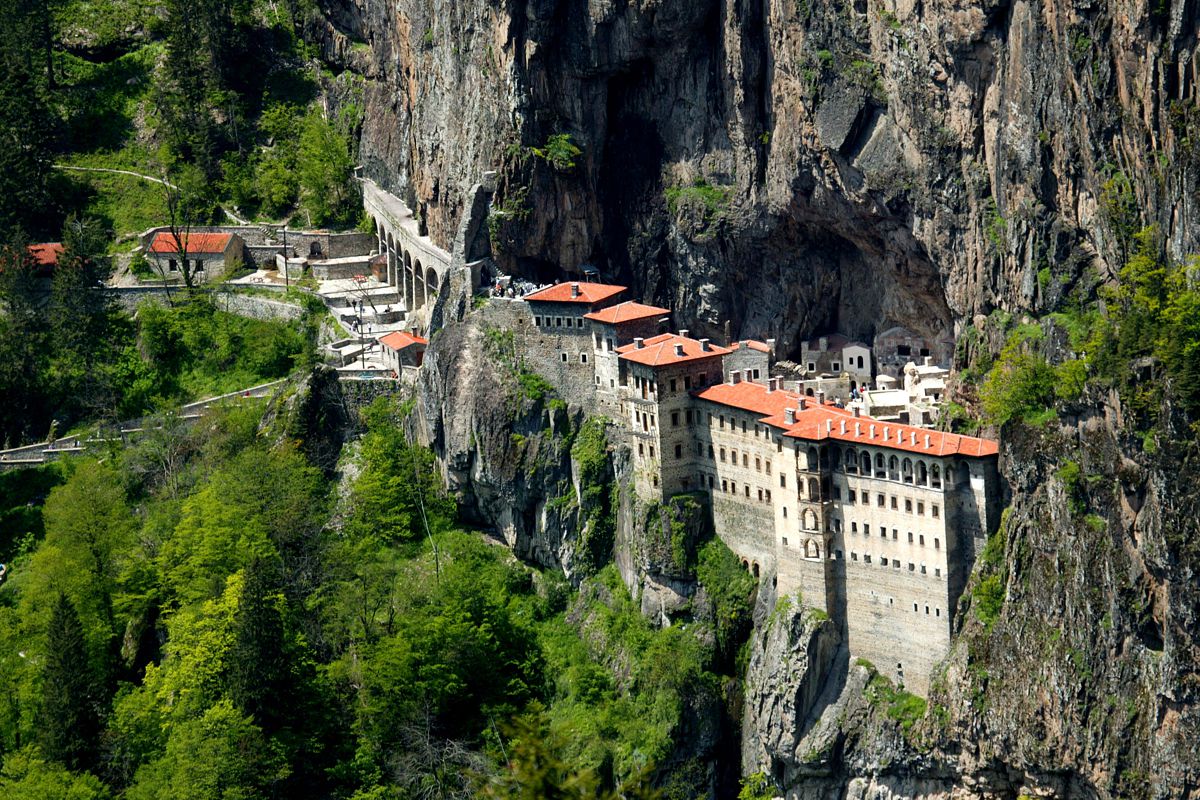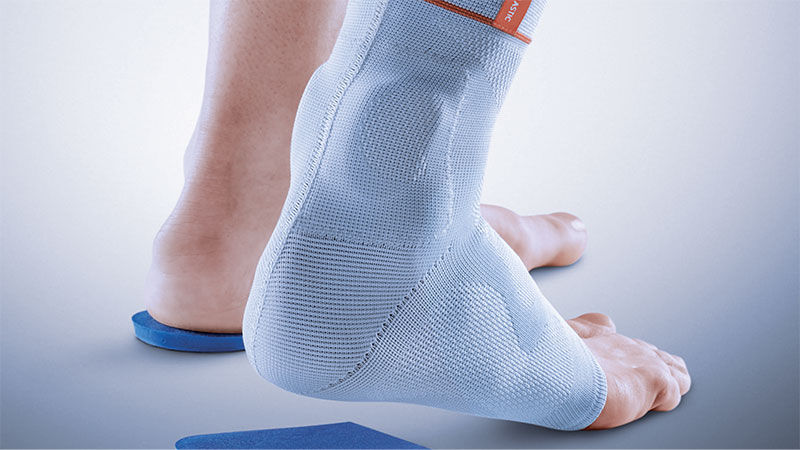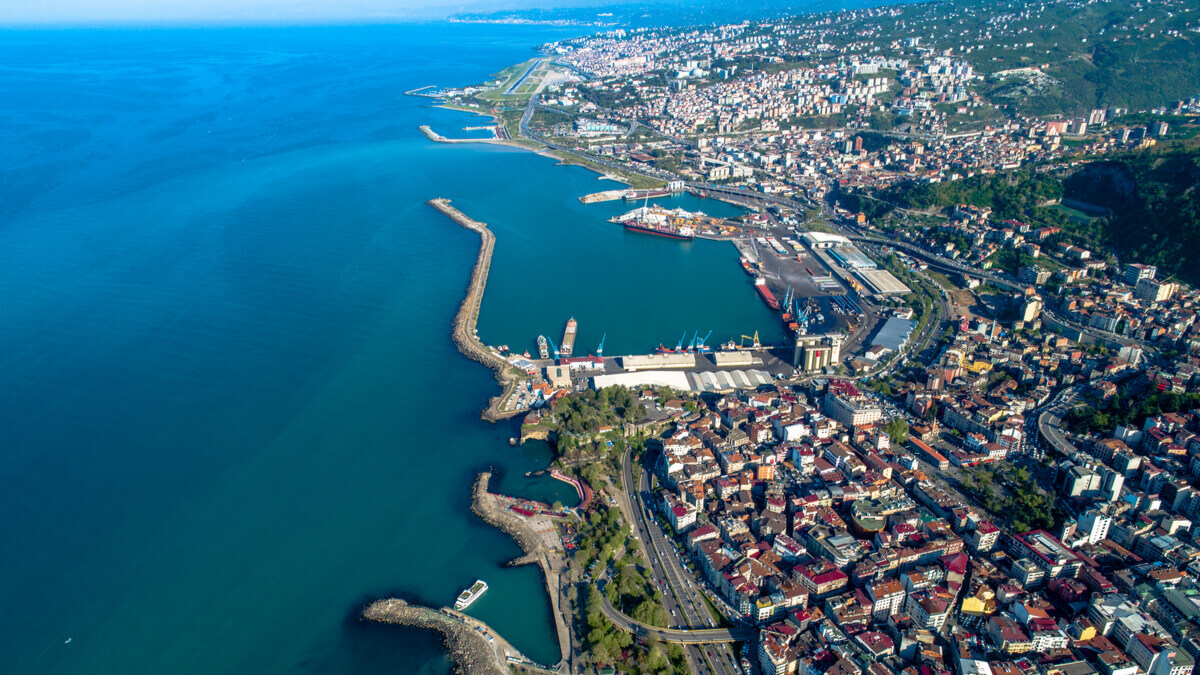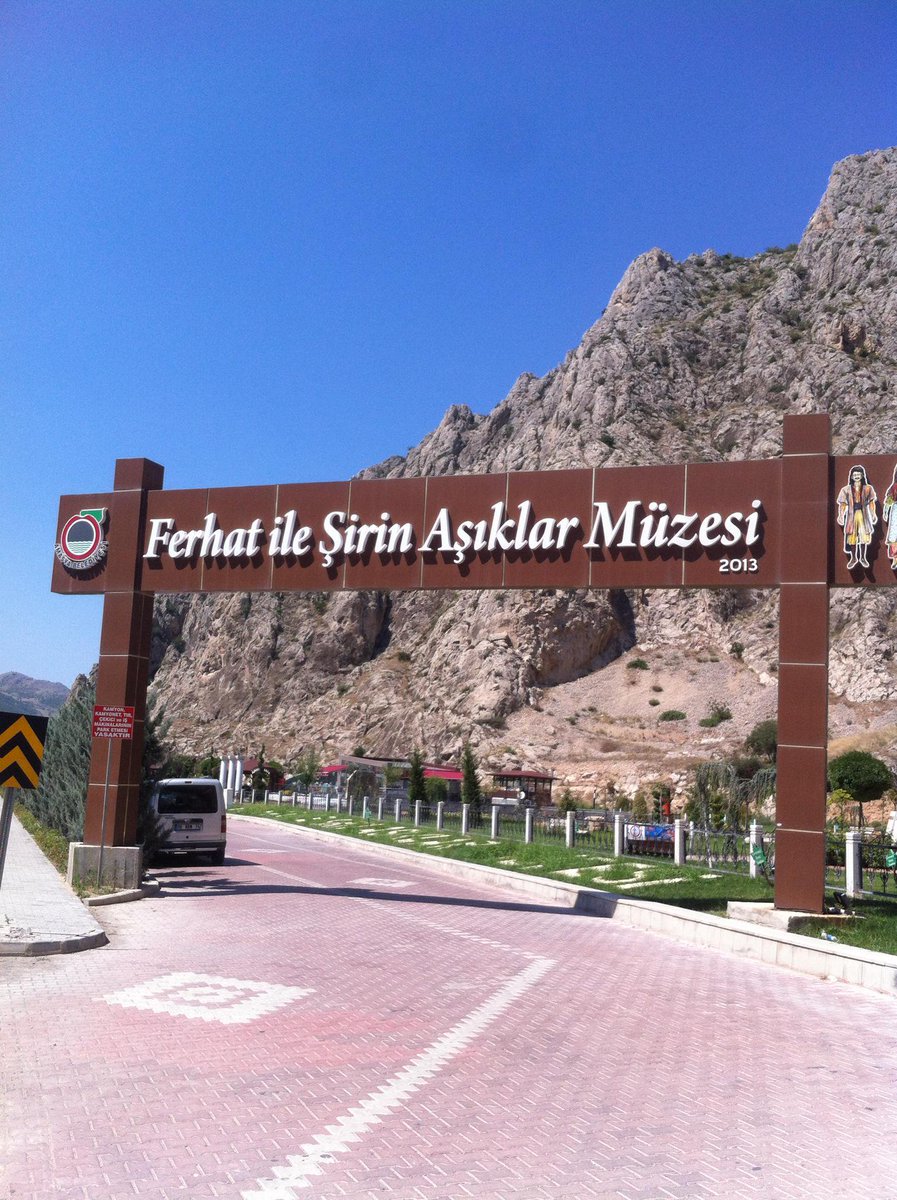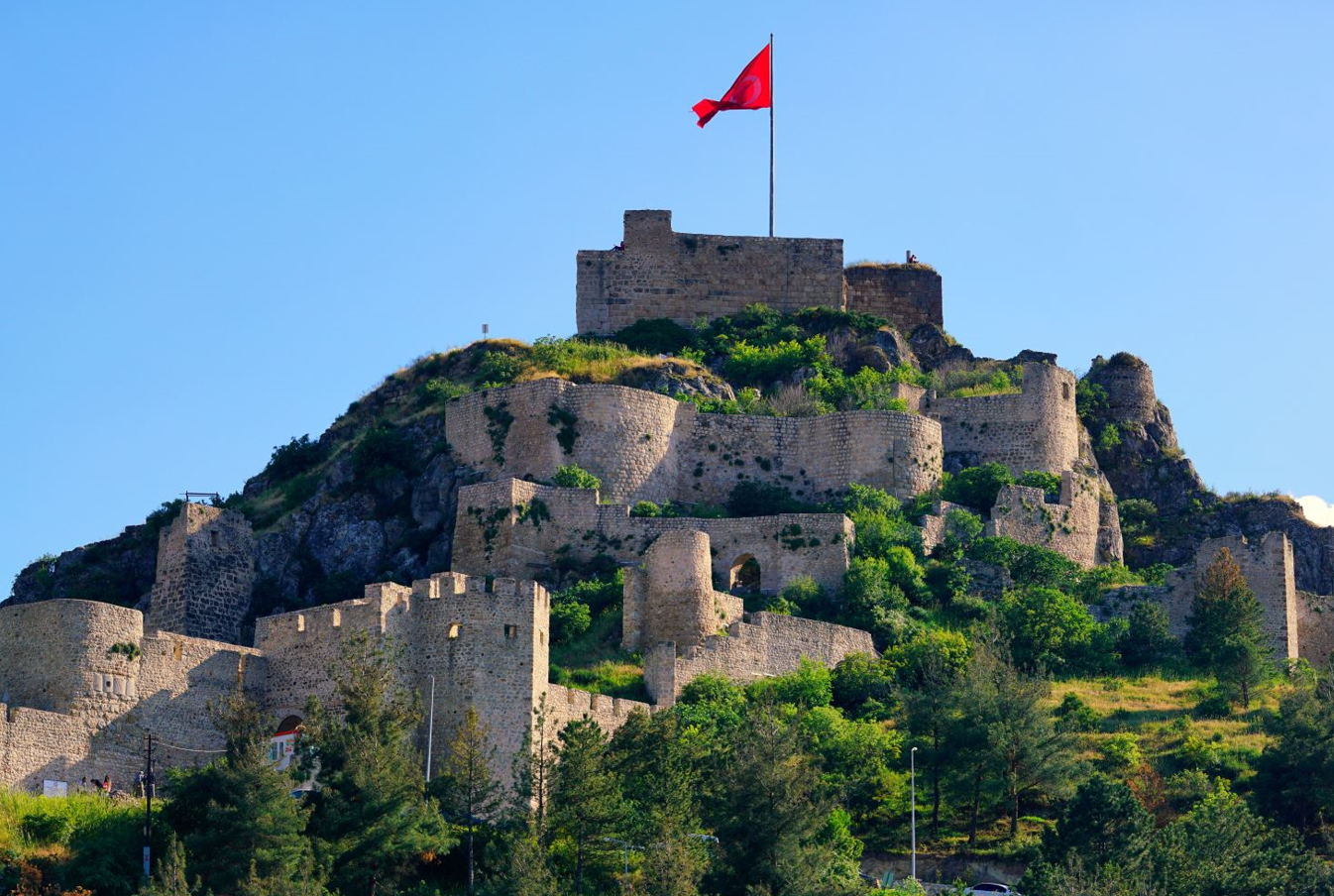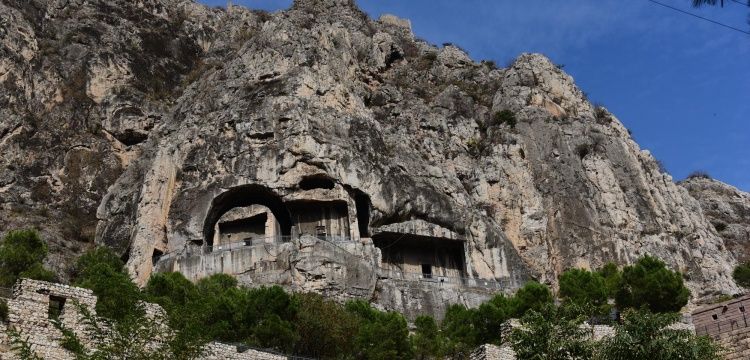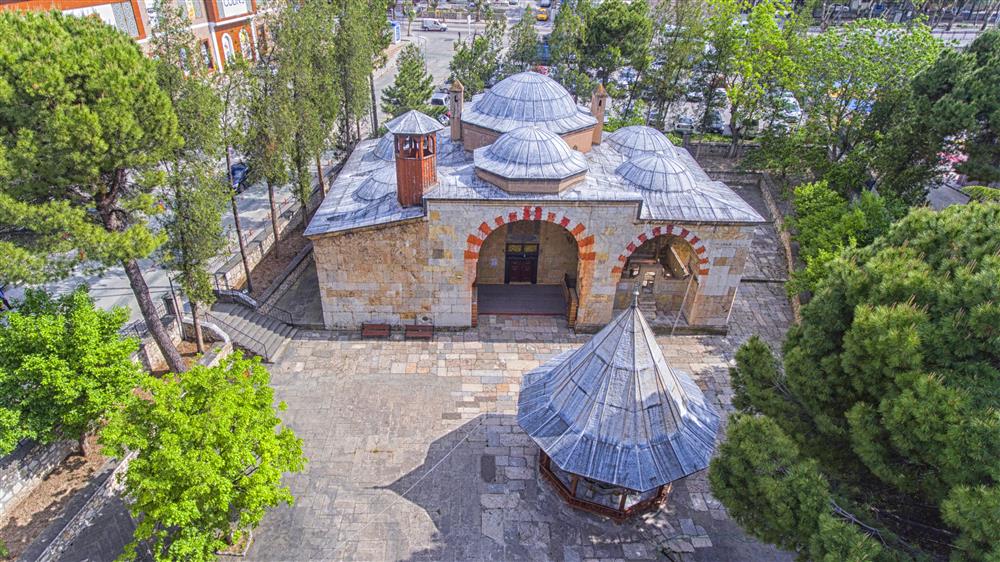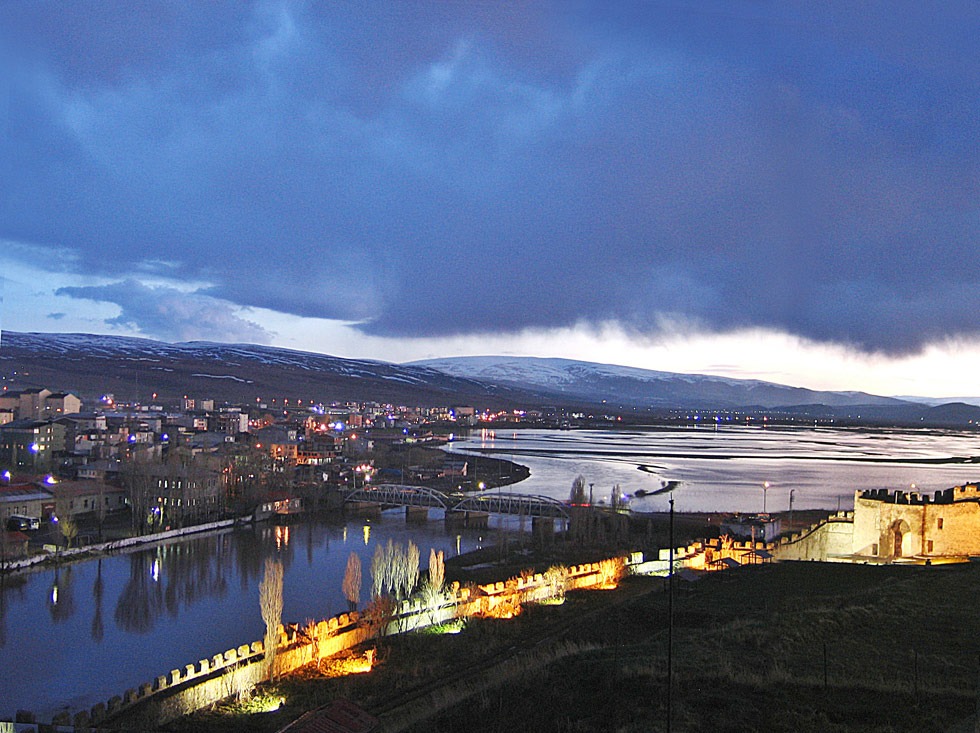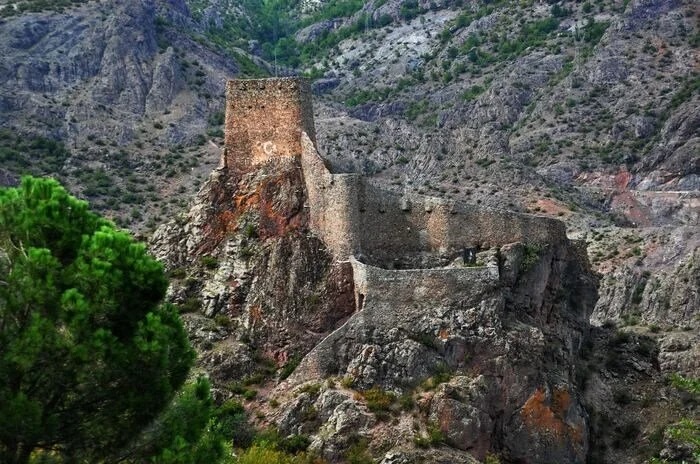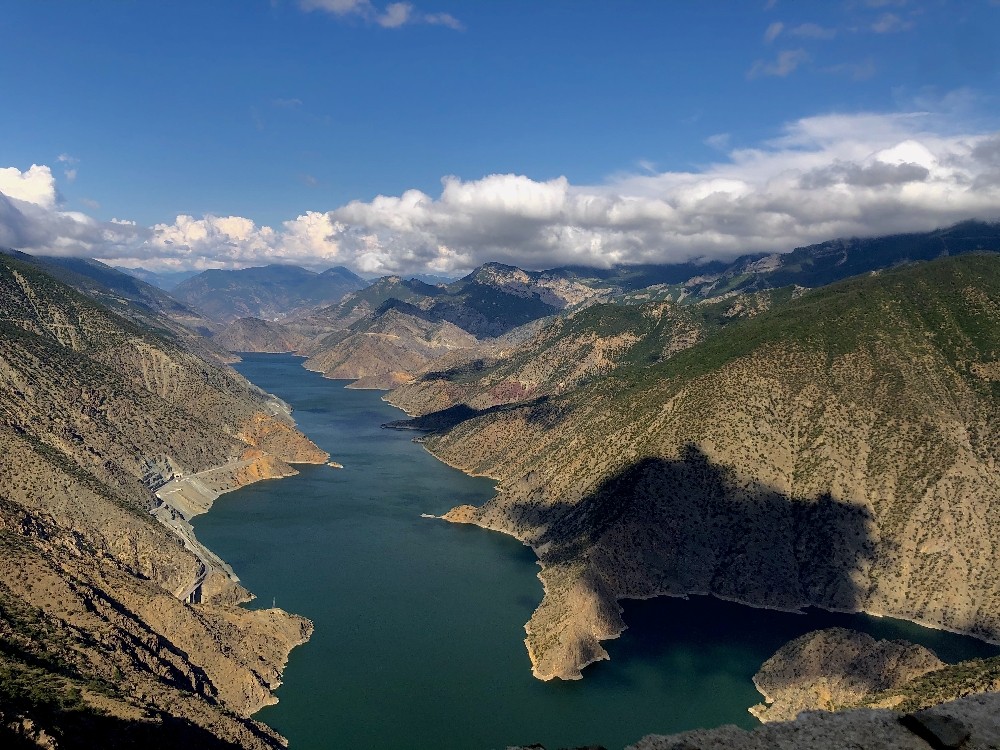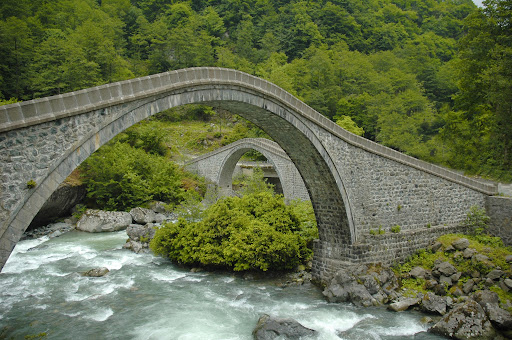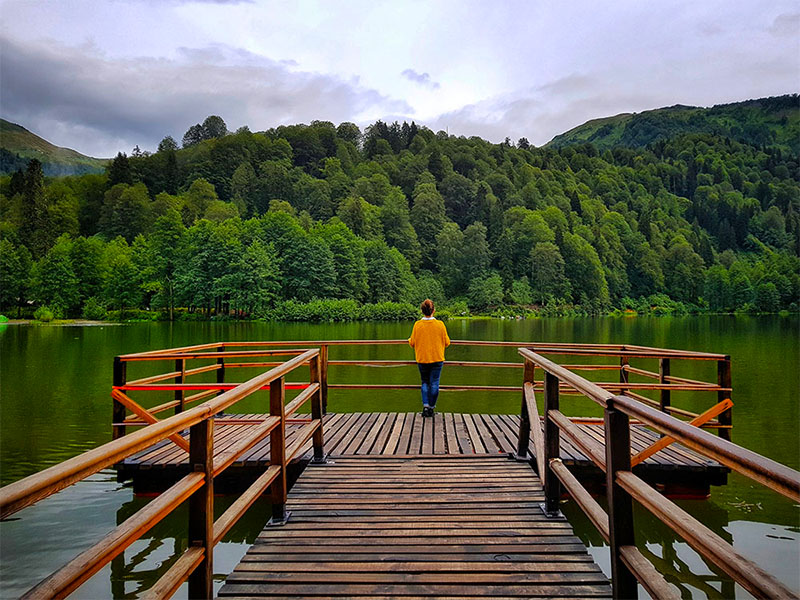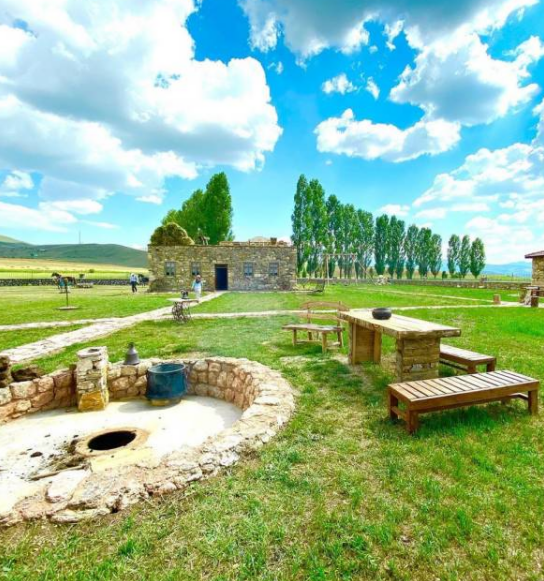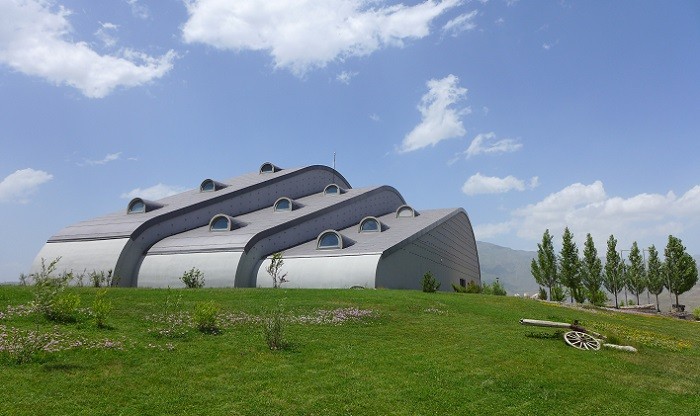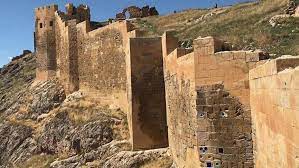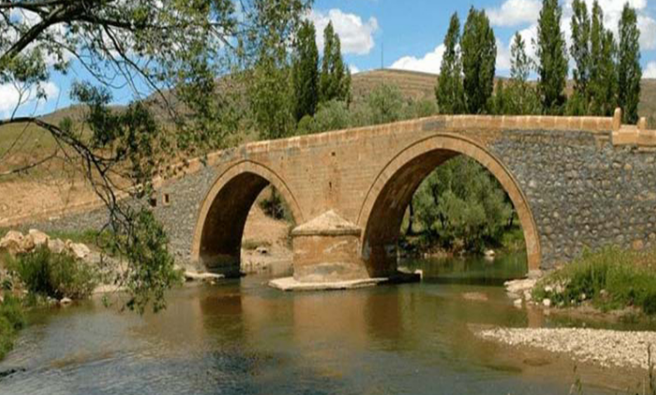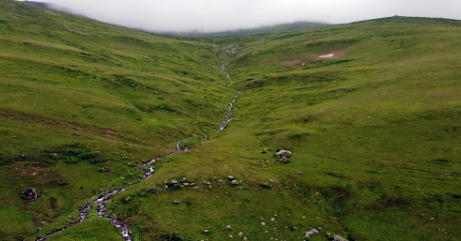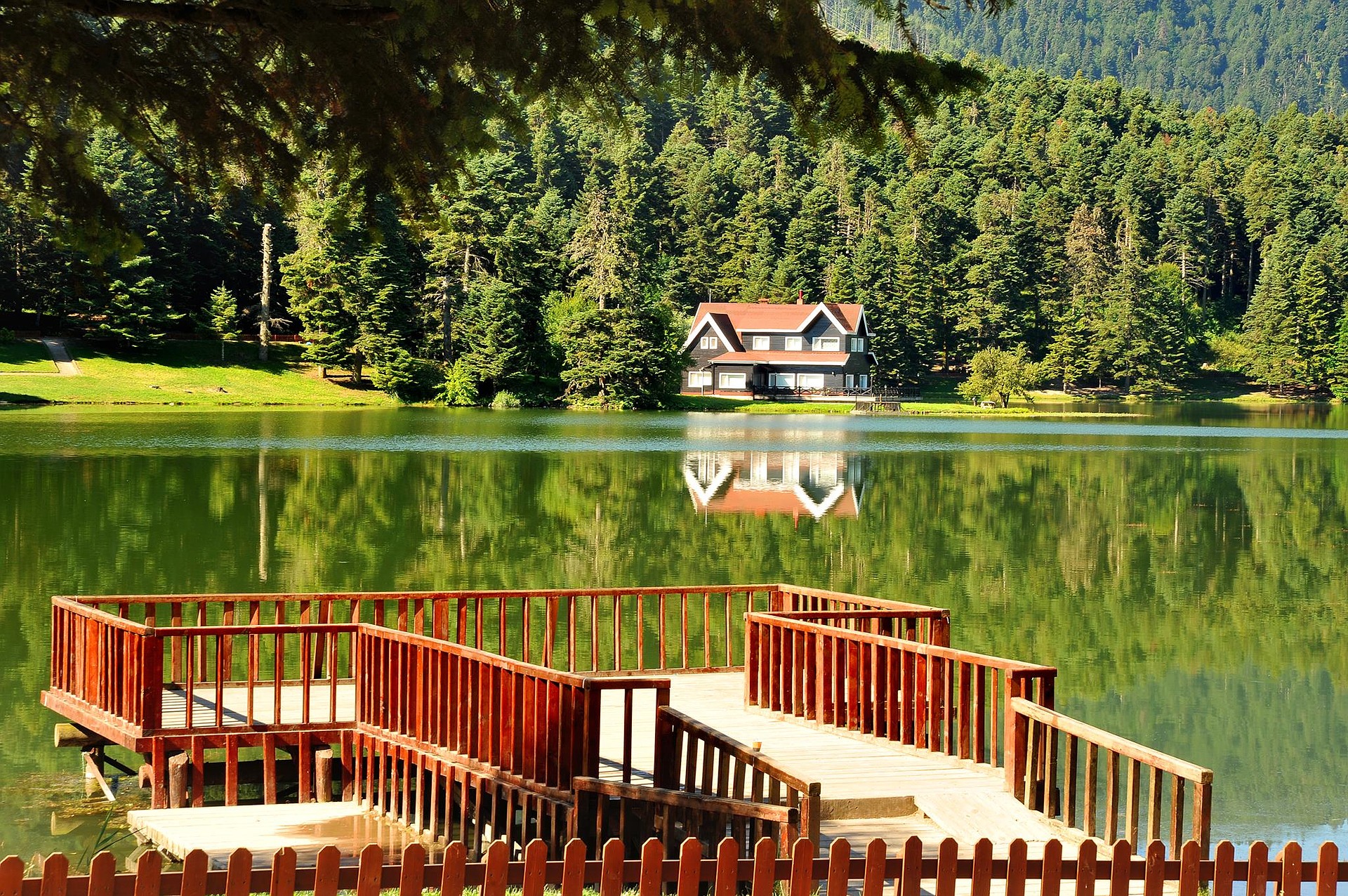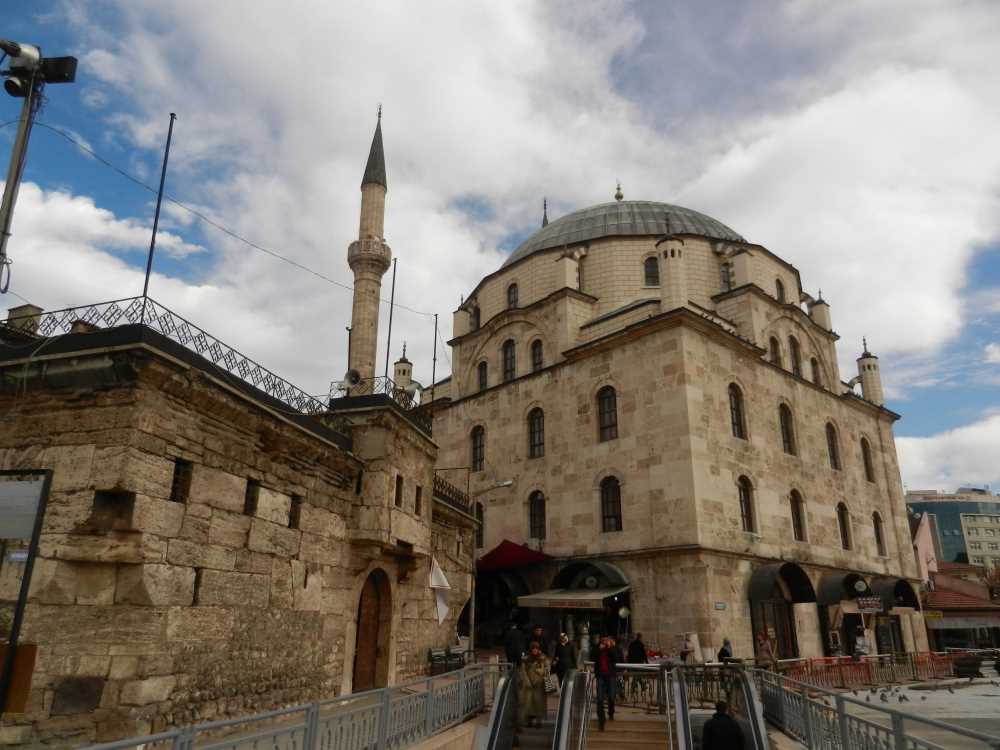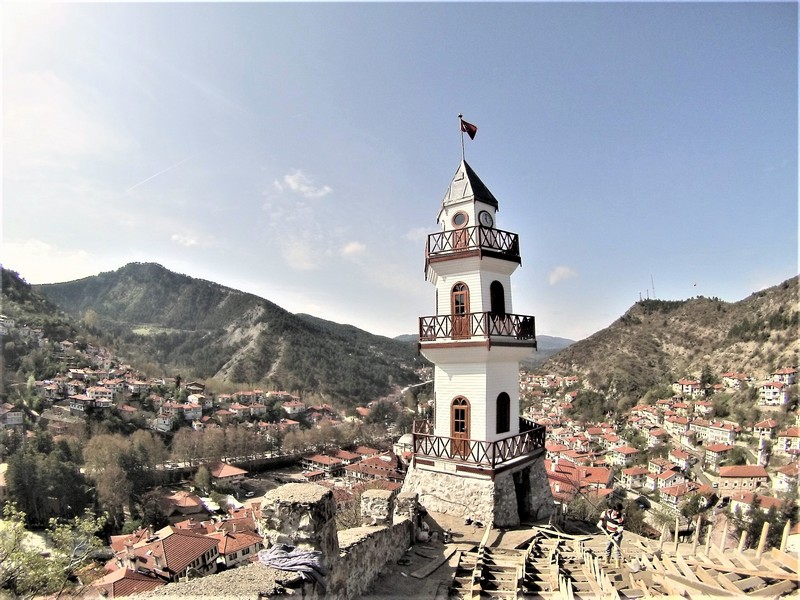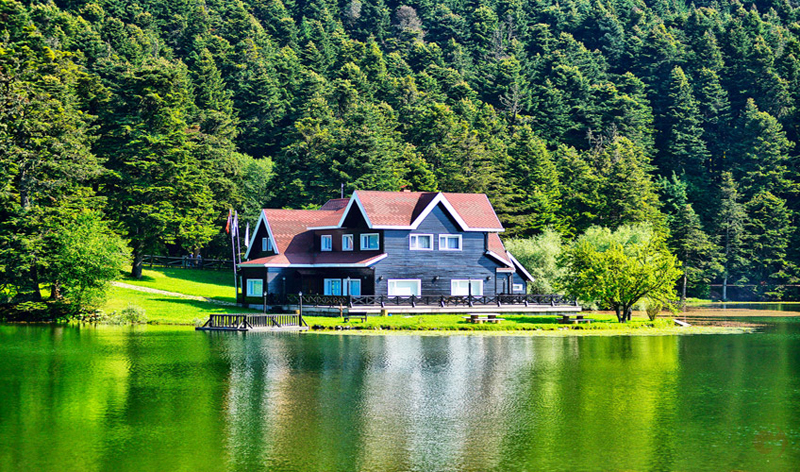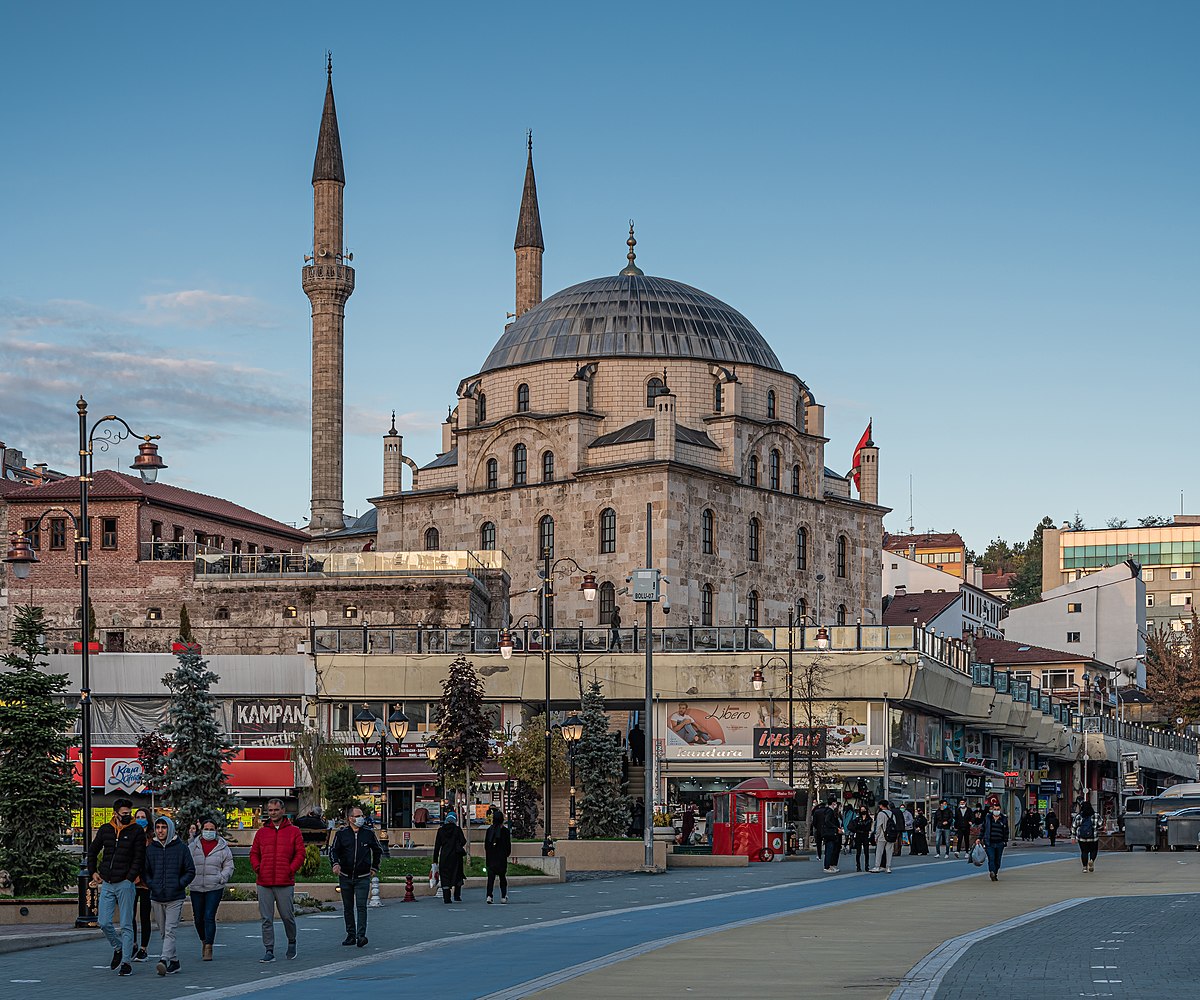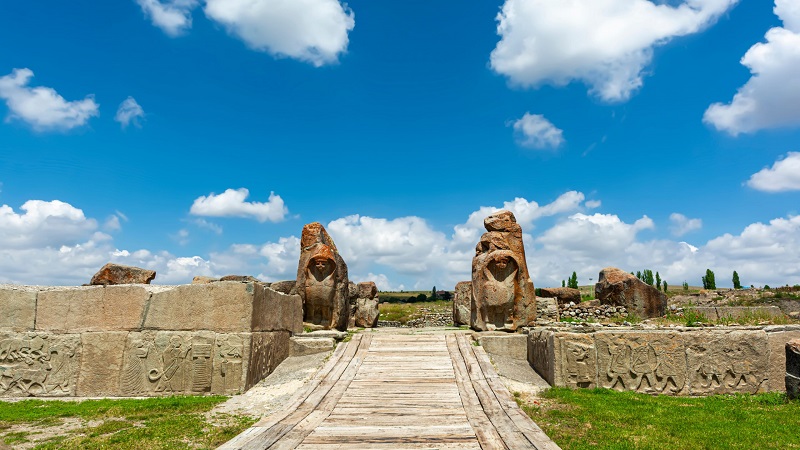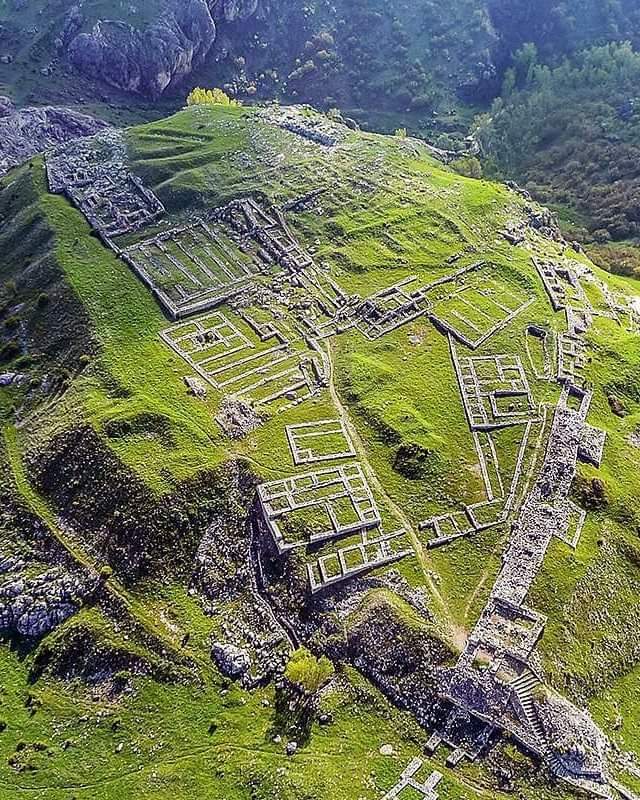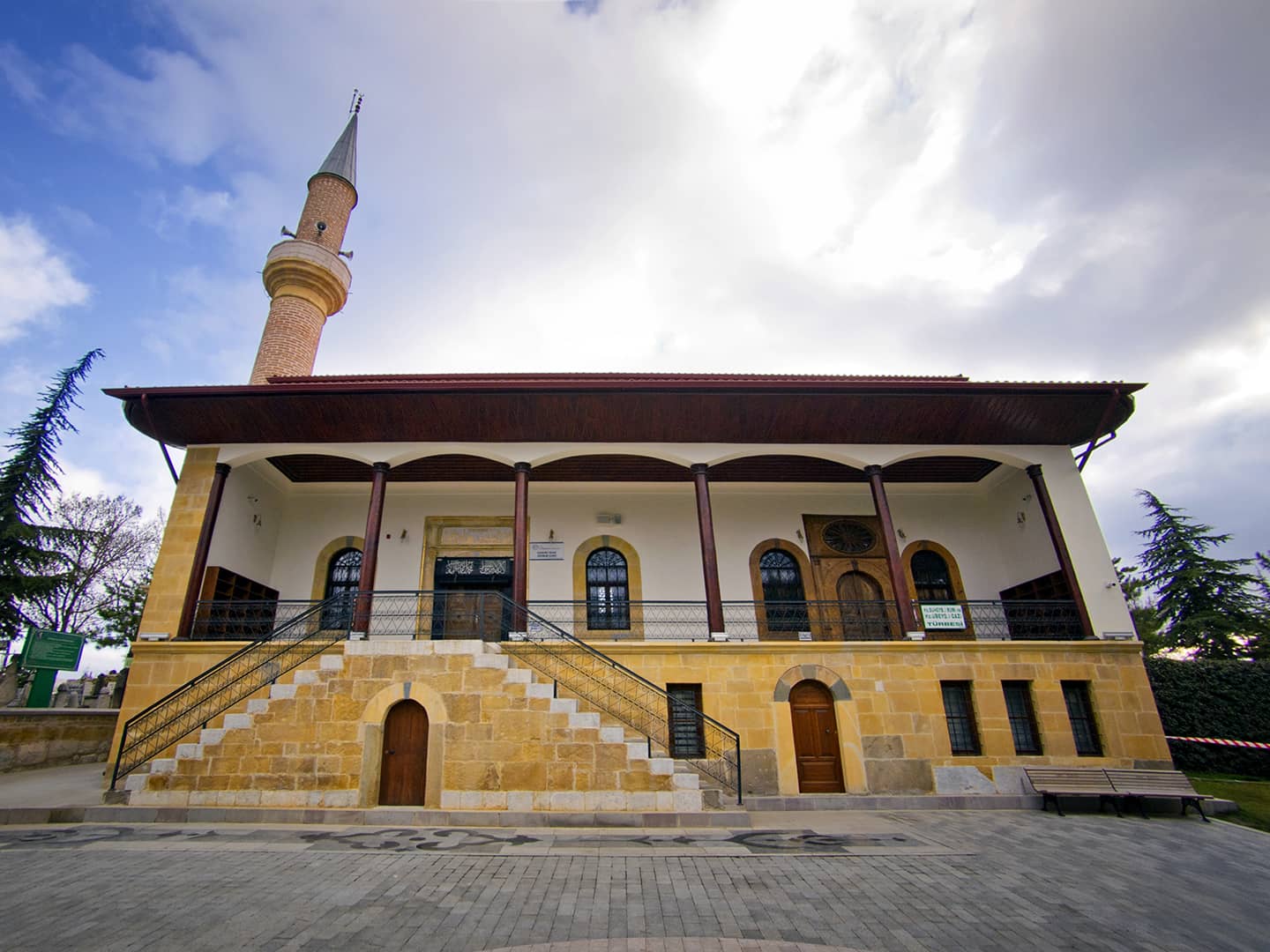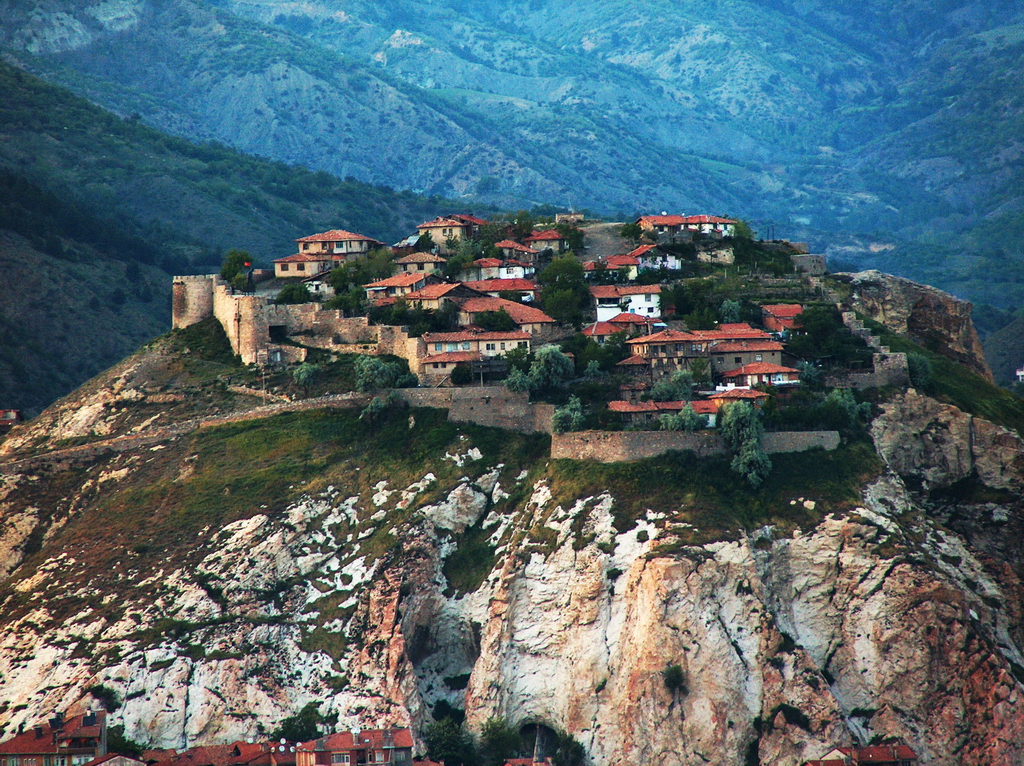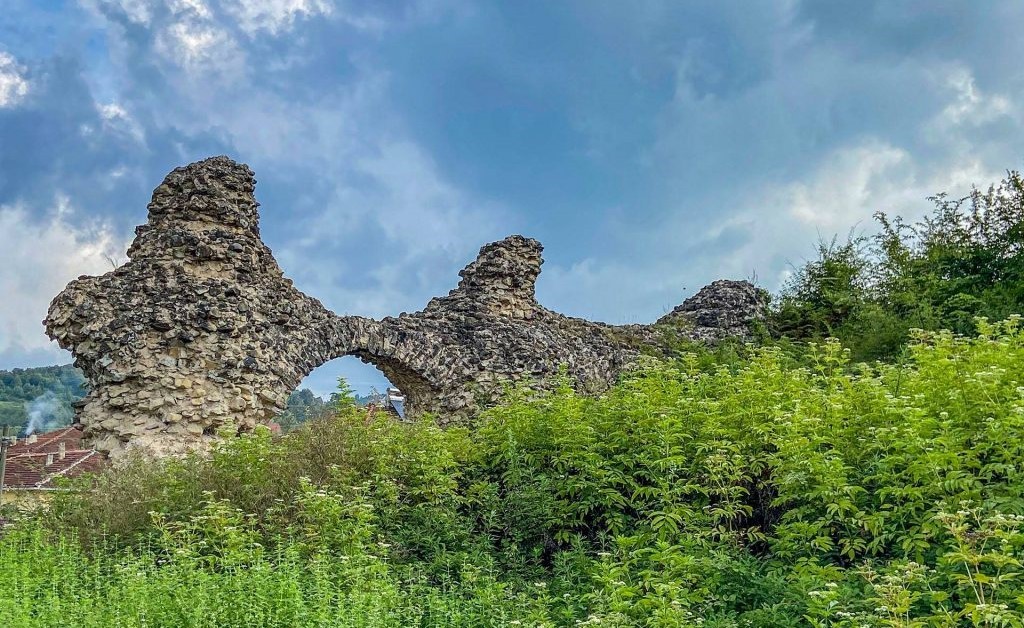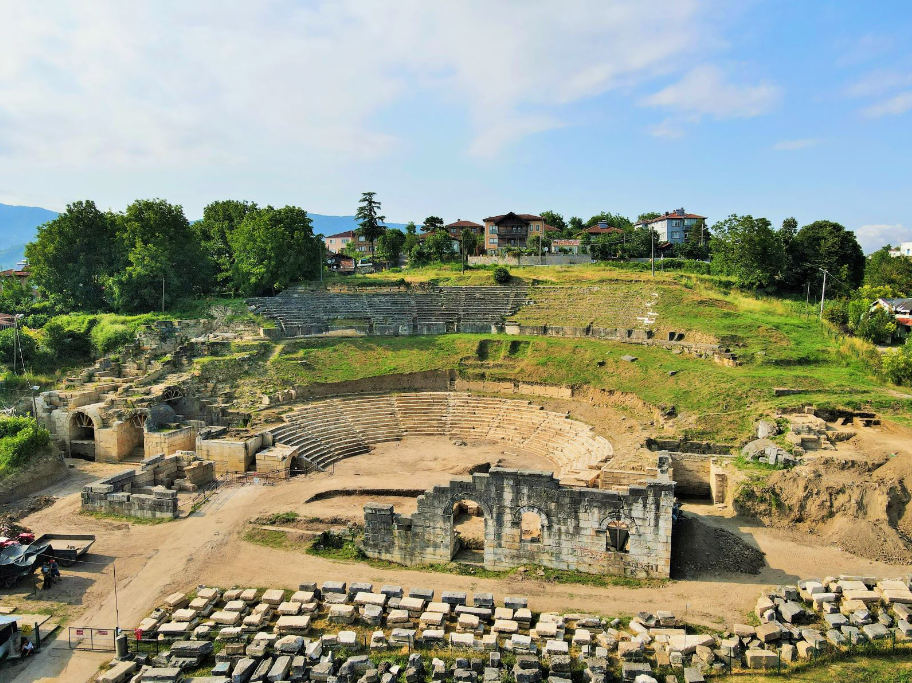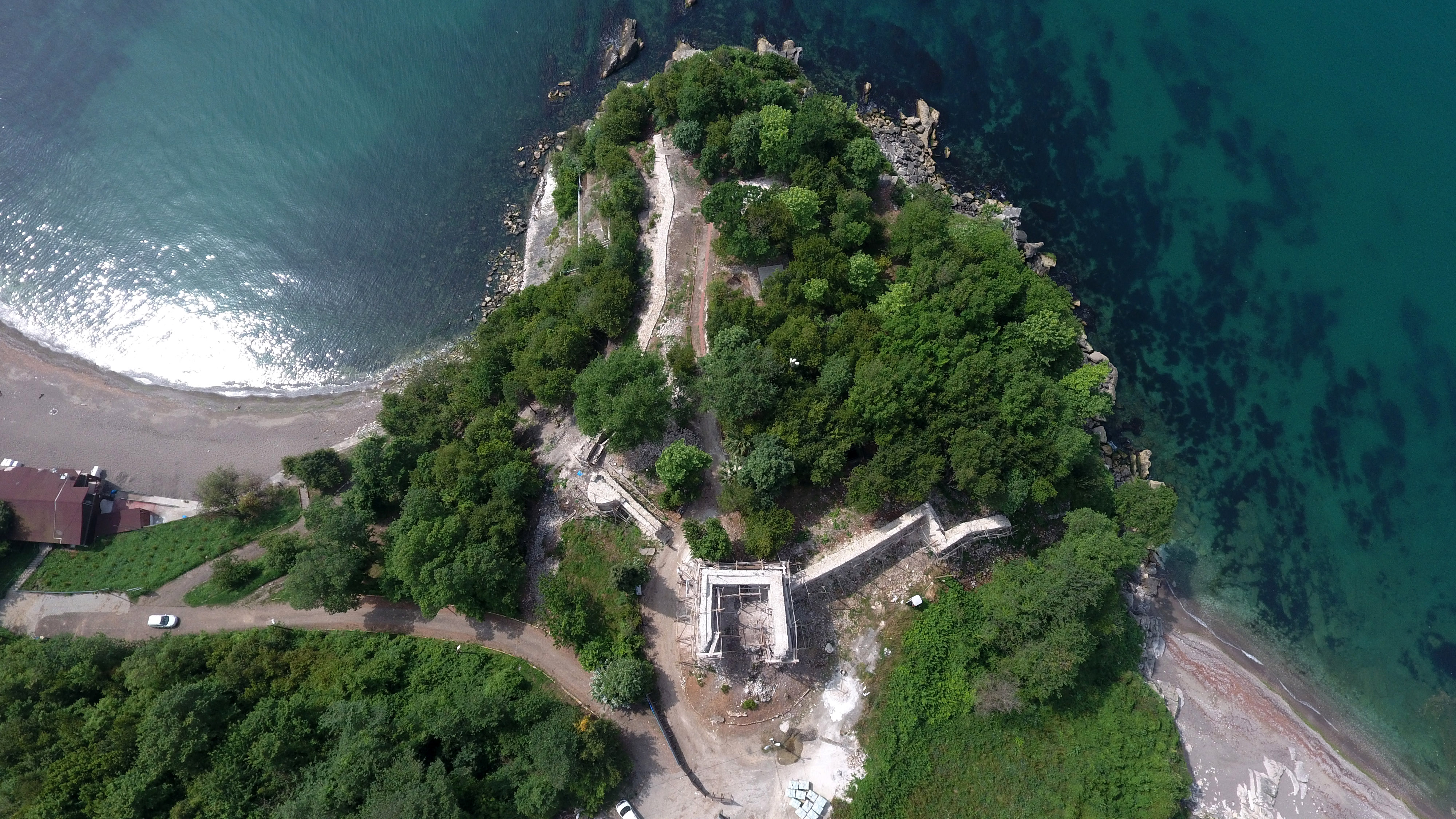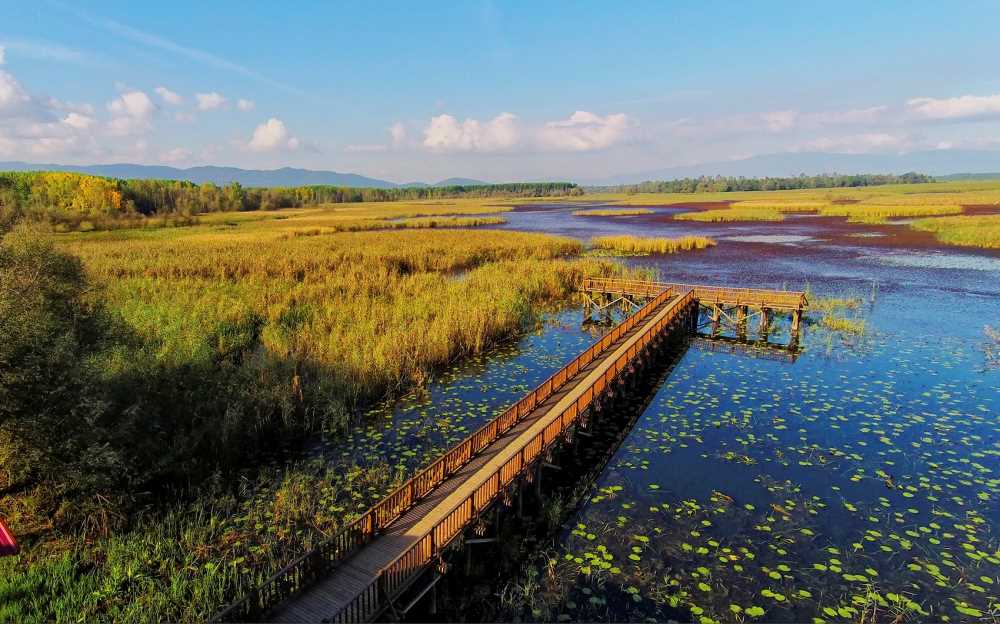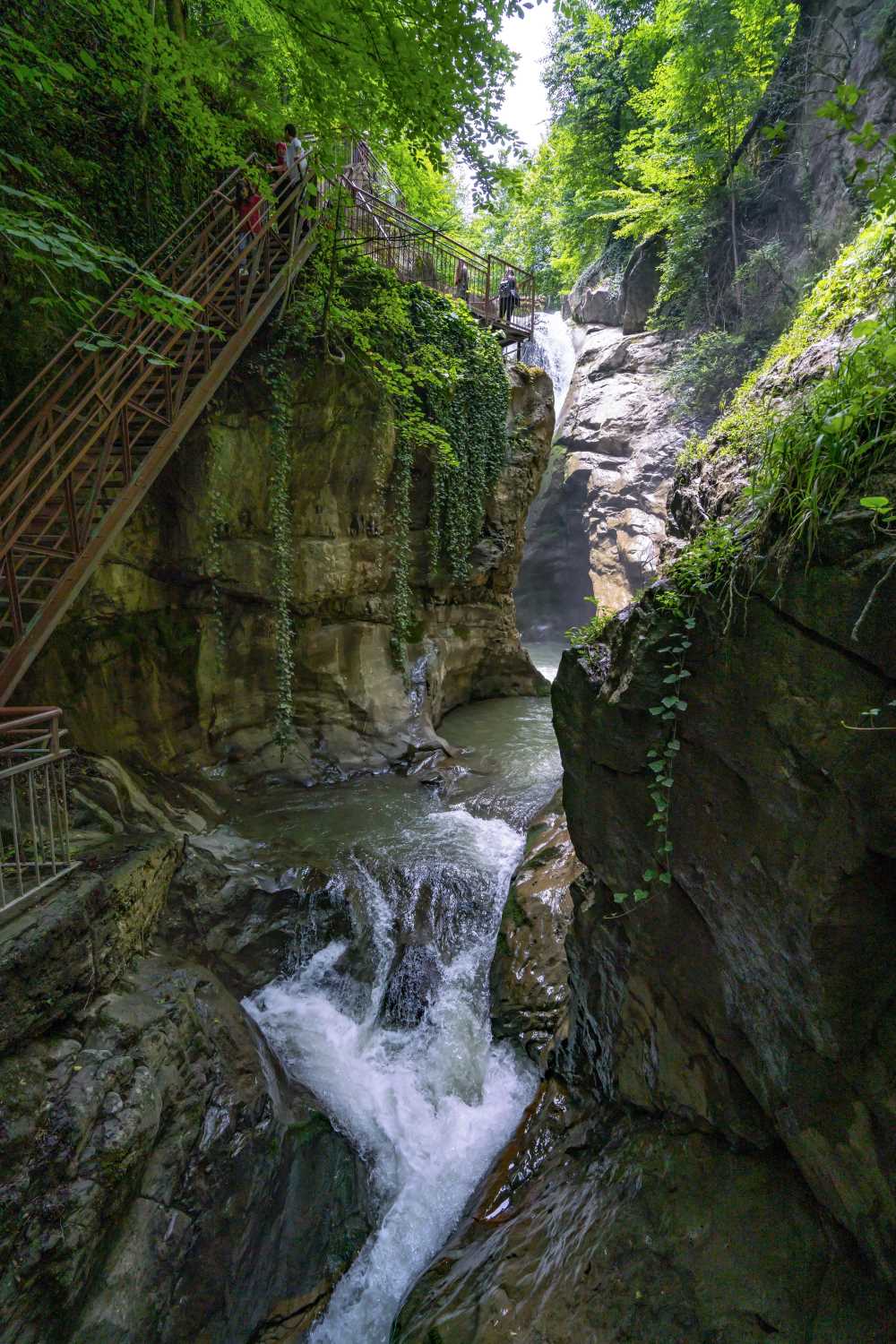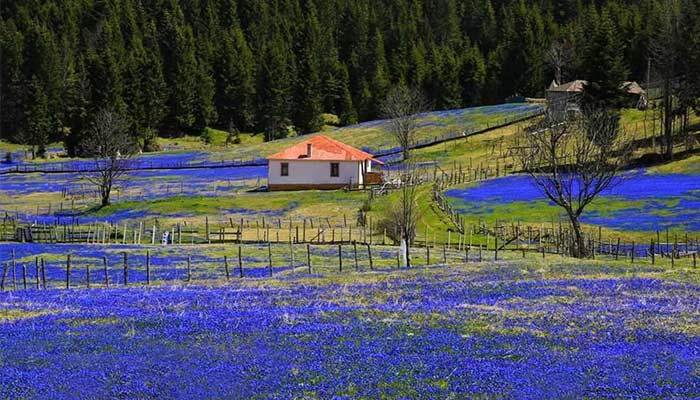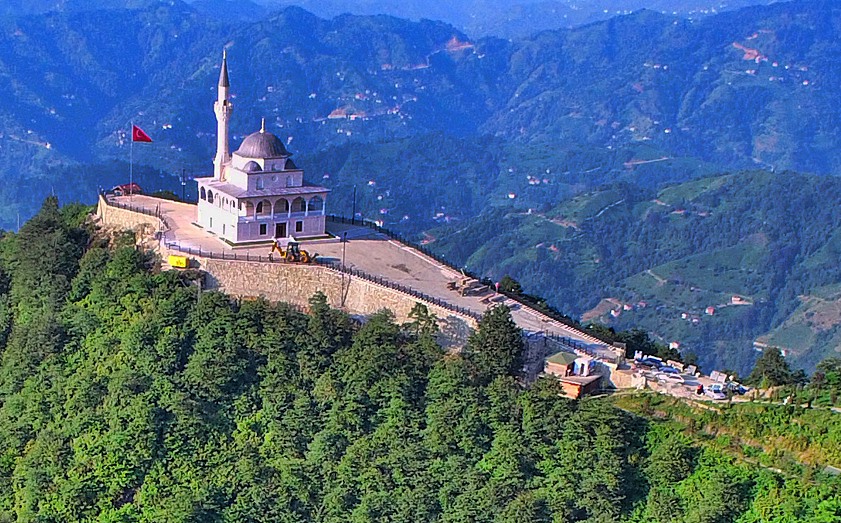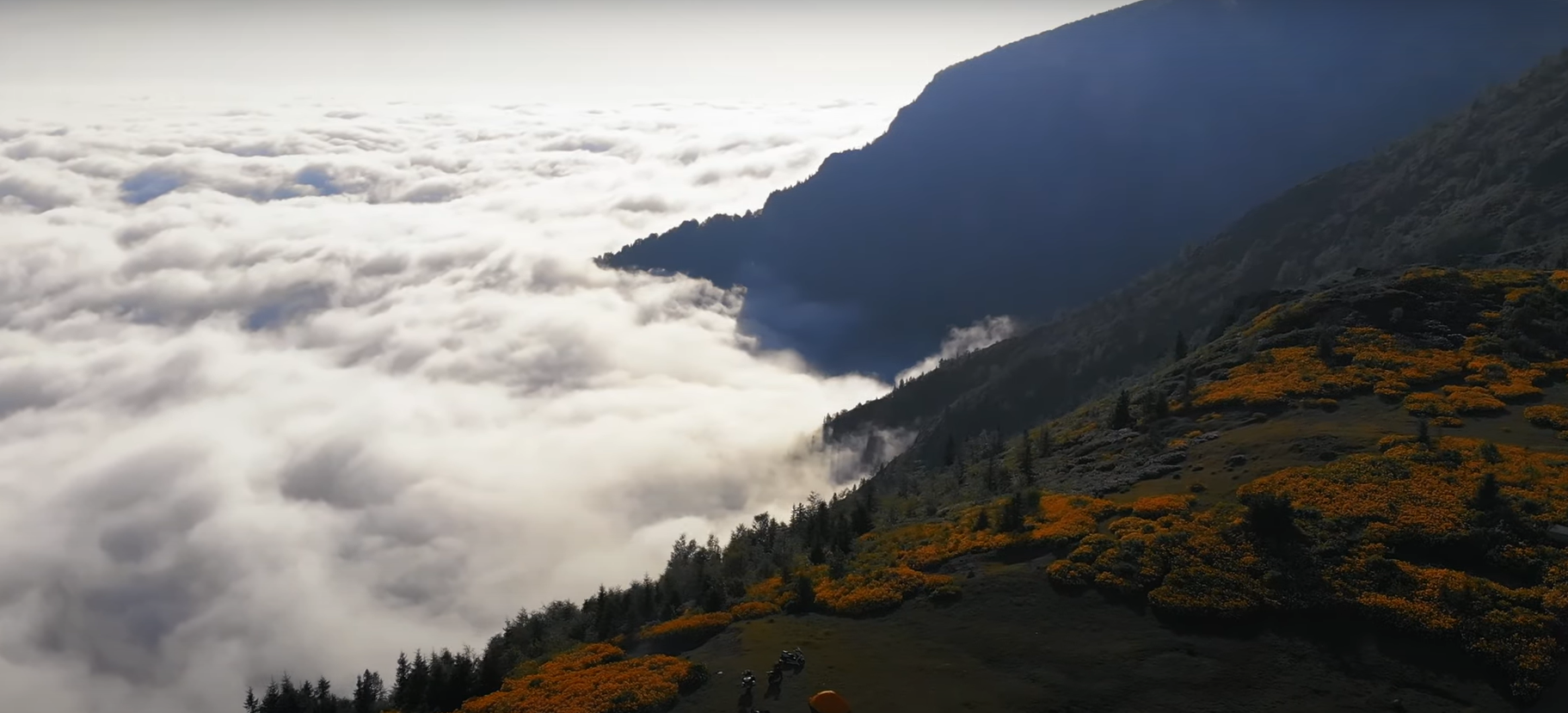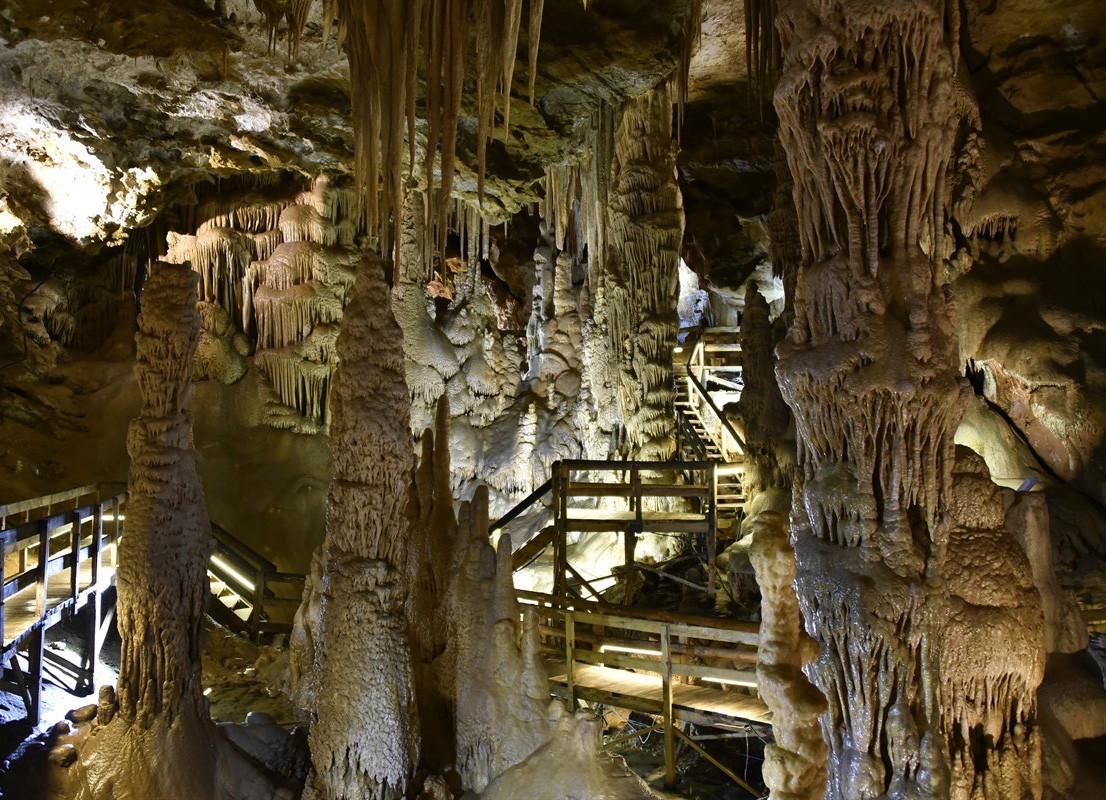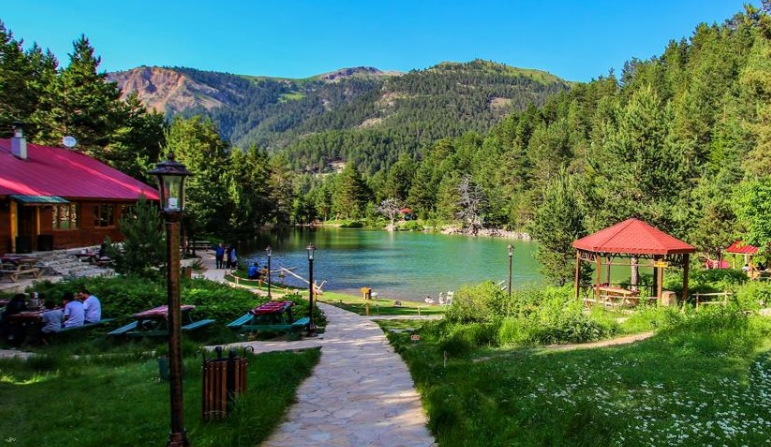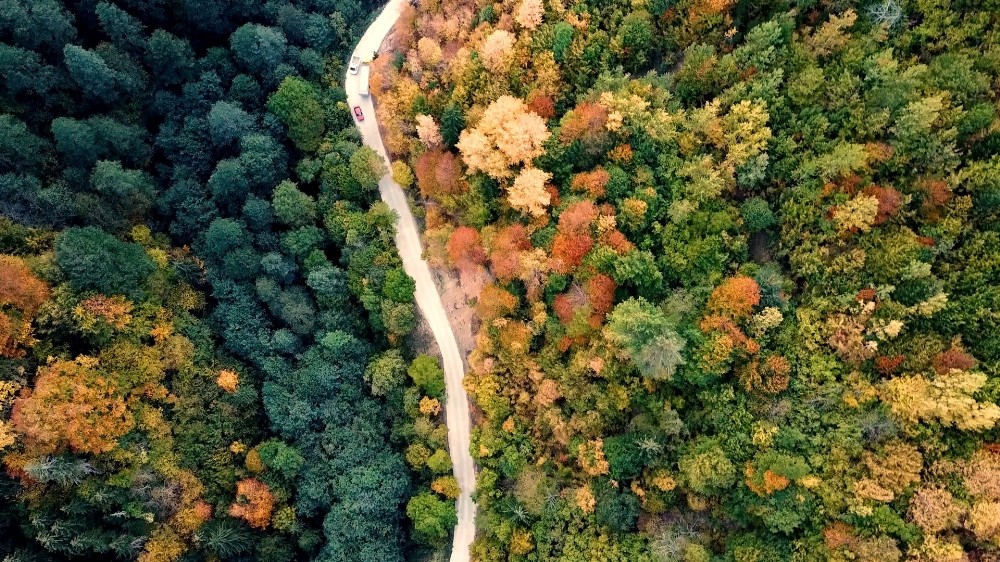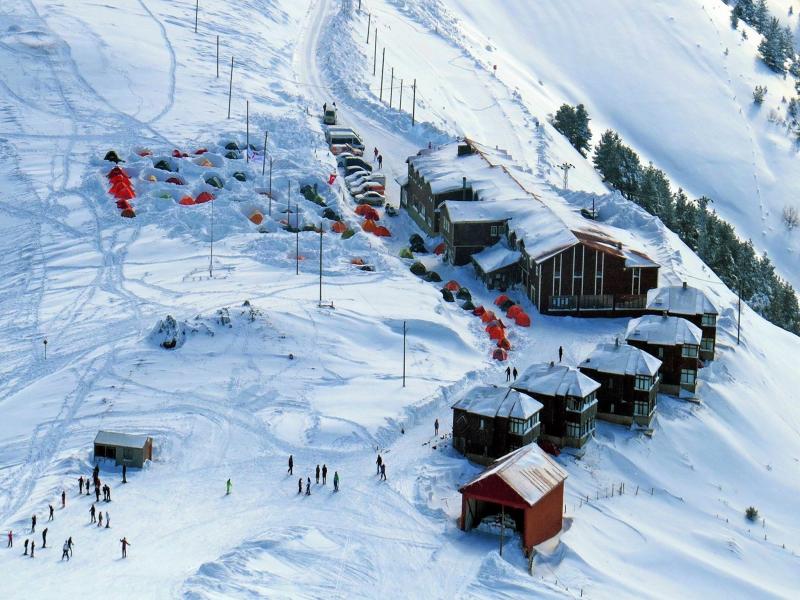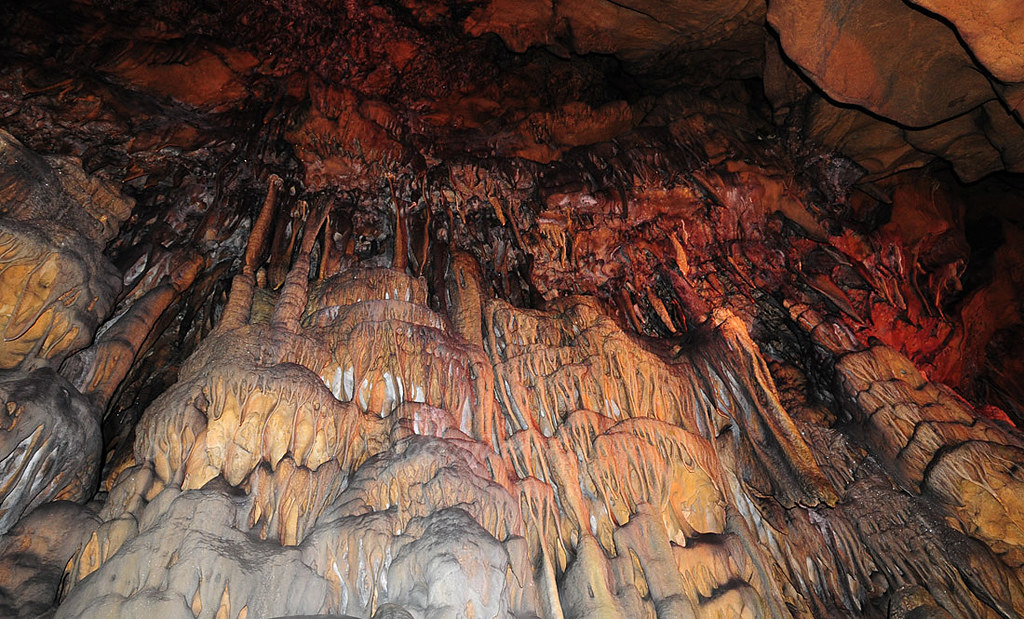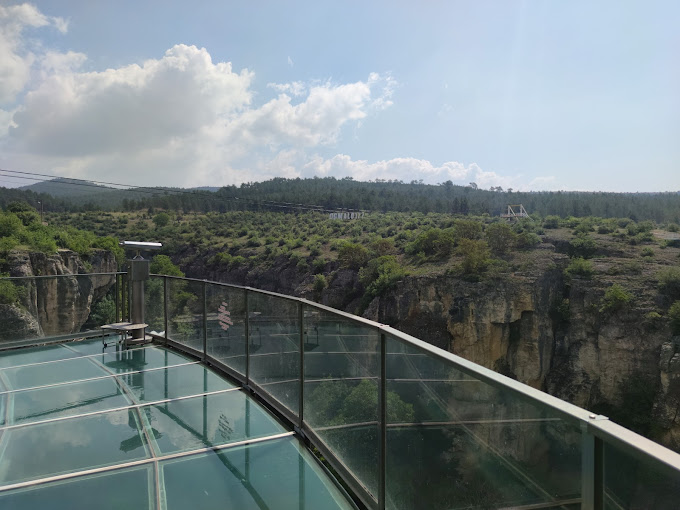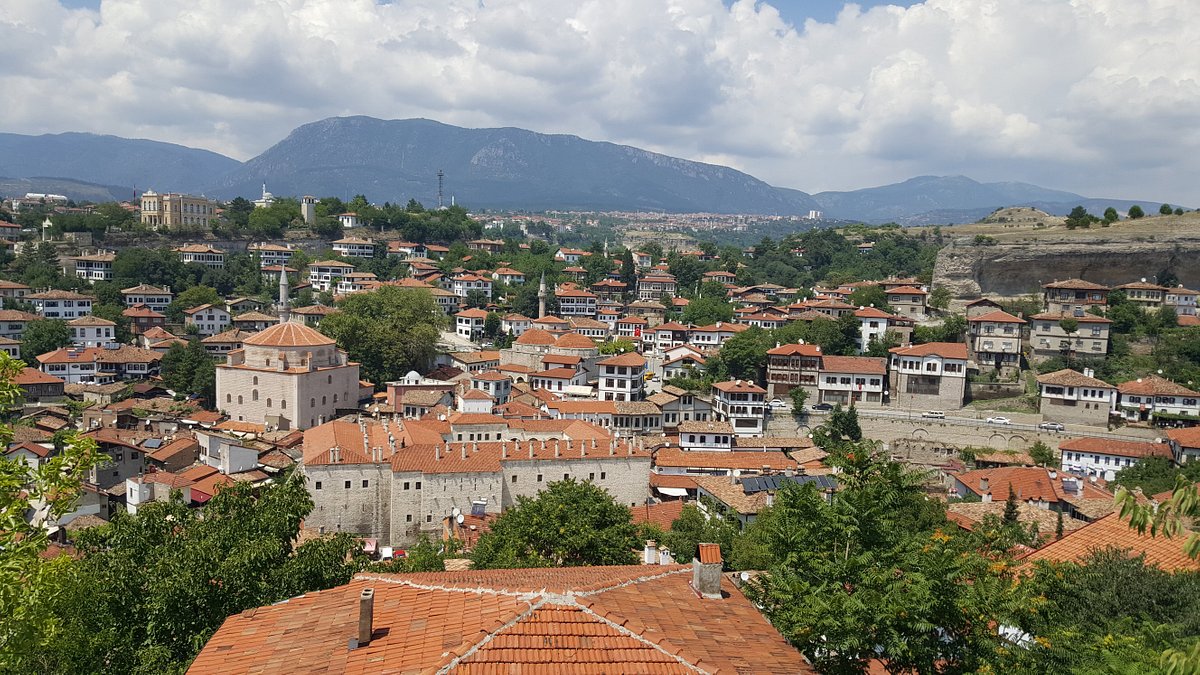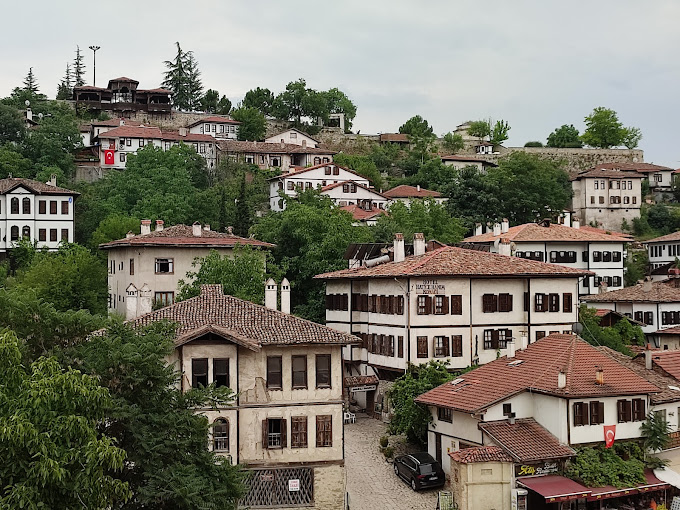Şebinkarahisar Castle
Şebinkarahisar Castle, Giresun province Şebinkarahisar The castle built on Hacıkayası, which surrounds the south of the district center, consists of two parts as inner and outer castle.
Şebinkarahisar Kalesi, Giresun ili Şebinkarahisar ilçe merkezinin güneyini çevreleyen Hacıkayası üzerinde inşa edilen kale, iç ve dış kale olmak üzere iki bölümden oluşmaktadır.
The citadel consists of an octagonal tower, which bears the characteristics of 11th century Turkish architecture, and a rectangular courtyard surrounding it. The inner fortress, built on rocky ground 15 - 20 meters inside the outer courtyard, is entered through a gate supported by towers. There is an octagonal four-storey tower in the northwest corner of the citadel. This bastion is entered through a door with a flat arch (1.54 - 1.90 m). A staircase with forty-two steps leads to the battlements above. The 27 m high tower has seven windows on each side, excluding the surface where the door opens. There is a cistern 2.70 m south of the tower, 6.20 x 4.20 m in size, 8 m deep, carved into the rock from below and built with rubble stone and horasan mortar. The walls of the citadel were reinforced with four small towers with semi-circular plans, except for the big tower.
It is not clear when and by whom the castle of Şebinkarahisar was built. In historical sources, the first repair of the castle, which was under the rule of Persia (550 - 331 BC), Pontus (293 - 65 BC) and Rome (65 BC - 226 AD), was made by the Roman commander Pompeyüs. Şebinkarahisar Castle, which remained under Sassanid rule between 226 - 591 AD, passed to Byzantine rule in 591 AD. The castle was repaired by the Byzantine king Justinian I during this period (591 AD) and Muslim Arab raids began to be organized from 645 AD. The castle was captured by the Umayyad commander Yazid Usayd Al Sulami in 778 AD, and the Muslim domination of the castle took place during the Abbasid period. In 1074 AD, with the joint conquest of the first Turkish principalities in Anatolia, the Danishmendids and Mengücek principalities, the castle came under Turkish rule, and important additions and repairs were made during this period. Mengücek Bey Fahrettin Behramşah instructed his son Muzafferüddin Mehmet to repair the ruined walls and to build a mosque and a palace. The castle, which was restored to its present appearance by Muzafferüddin Mehmet, came under the rule of the Anatolian Seljuk Empire in 1128 AD, then the Ilkhanids, Eretna State, Kadı Burhanettin State, Karakoyunlular and Akkoyunlular respectively. In 1473, after the battle of Otlukbeli between Sultan Mehmet the Conqueror and Uzun Hasan, the ruler of Akkoyunlu, the castle came under the Ottoman Empire's rule, and in 1647 Evliya Çelebi described it as follows:
"The castle is a seven-cornered castle on top of a mountain reaching to the sky. At first glance it looks like a ship without masts or spars. The wall thickness is 70 zira (75 - 90 cm). It has 70 bastions, 100 bodies, and its circumference is 3600 steps. It has no moat. It has three layers of iron gates. There are 70 houses inside the castle which is guarded by guards day and night. There is also a conqueror mosque inside the castle. Other charitable institutions and mosques are in the town (1600 households, 3 tekke, 4 inns, 7 primary schools, 750 shops)." After the 1915 Armenian rebellion, the 1939 Erzincan earthquake and other natural events, the castle was last repaired in 2003.





